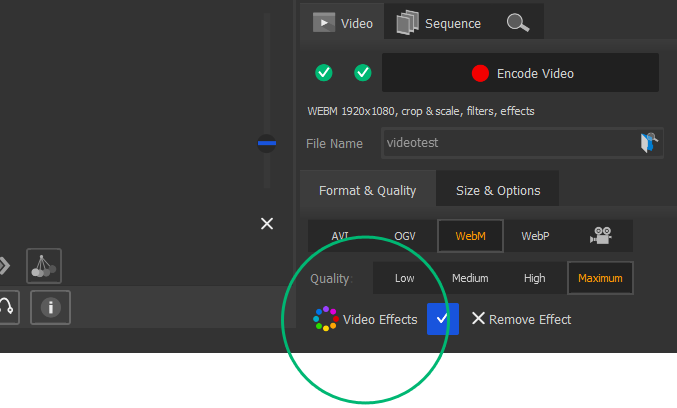What is flicker?
The common problem is inconsistent lighting or luminance variation between consecutive pictures taken on the same camera, with the same lens and settings.
There are many causes of flicker:
Auto camera settings;
High aperture settings, too fast shutter speeds, Av stepping, Tv stepping;
The type of lens used;
Fluctuating electricity;
Animator's clothing worn, and the materials that are being photographed.
Get the latest AnimaShoter Capture (Beta) and use the Antiflicker effect

Disable auto settings (except auto-focus)
Make sure that all auto settings on the camera body and lens are turned off and set to manual. Any auto settings, such as auto-exposure, auto white balance, and light optimizer may cause luminance variations from shot to shot.
Note, you still need auto-focus if you wish to be able to use the Canon zoom feature (x5, x10). Using auto-focus will not cause flicker, but it may cause differences in the focal plane depending on the shot's depth of field and movement.
Use a slower shutter speed
Fast shutter speeds are another common cause of flicker because most DSLRs cannot be consistent from frame to frame when shooting at fast shutter speeds. Keep the exposures to 1/30th of a second or greater.
Use a manual aperture lens to avoid flicker
With a digital lens, the aperture will close down to slightly different positions for each shot. That's why it is strongly recommended to use a manual aperture lens (such as a Nikon lens) with a Canon body. This is not a problem for still photography, but for stop motion it creates flicker. Using a Nikon manual aperture lens with a Nikon to Canon lens adapter for Canon cameras is good.
Note, a manual aperture lens has a physical ring for controlling the aperture. Do not get a ‘G’ series lens, which has no aperture ring.
Any lens with a manual aperture ring should solve the problem, by keeping the iris blades in the same position for the entire duration of the stop-motion shot.
Electricity levels
Electricity fluctuations may affect your lighting setup over the course of the shot or throughout the day. In this case, a variac transformer is your friend.
Clothing
Wear dark clothing while shooting to reduce the risk of light reflecting off the clothes. This is a very common cause of stop-motion flicker.
Your sets and objects
Watch out for highly specular materials that might be lying around or hanging on the walls of the shooting space. Mirrors, metallic objects may be the cause of the flicker.
No comments:
Post a Comment